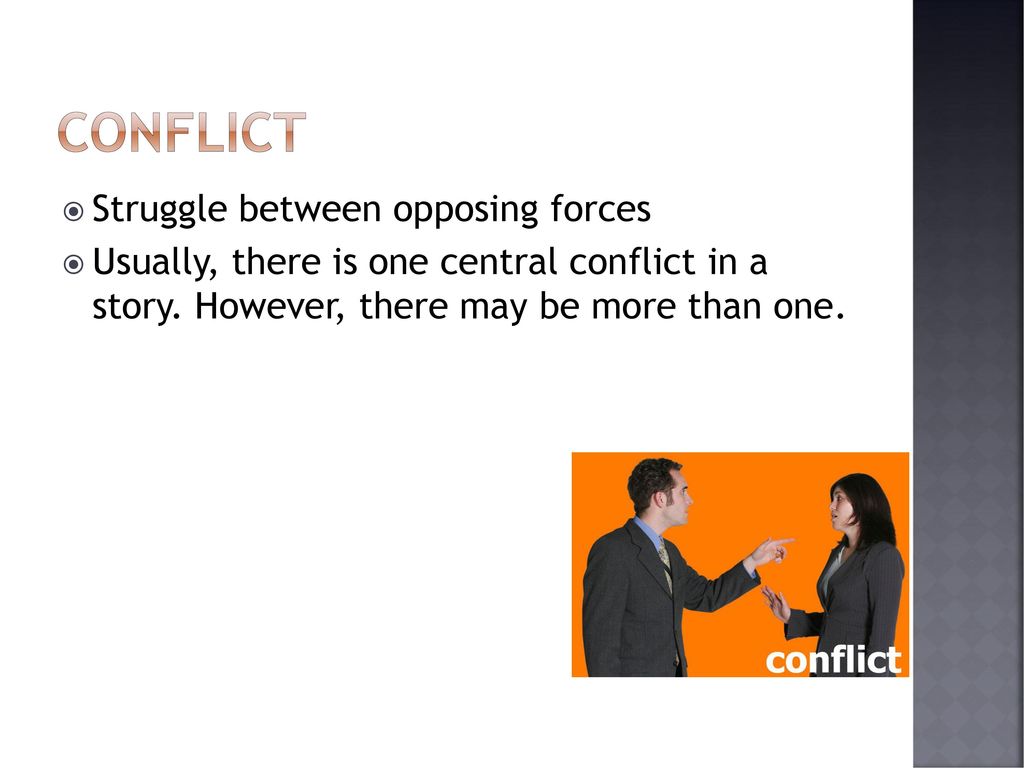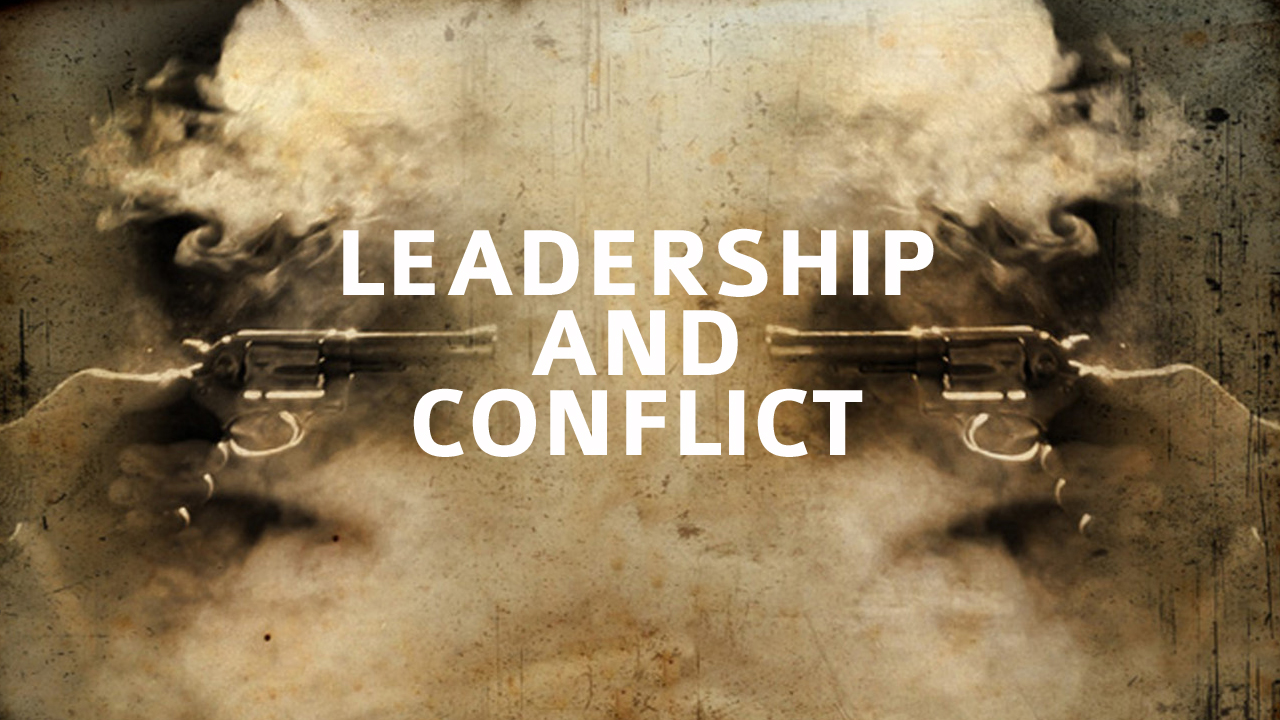Conflict: The Driving Force of Storytelling
Conflict serves as a catalyst for personal and thematic growth. By confronting their inner demons or external obstacles, characters are forced to confront their weaknesses, find strength within themselves, and ultimately emerge from the struggle as more fully realized individuals. The resolution of the conflict provides a sense of catharsis and closure, both for the characters and the readers.
Types of Conflict
Conflict can manifest in various forms, each contributing to a story’s depth and complexity. The most common types include:
- Character vs. Self: An internal struggle where a character grapples with inner turmoil or moral dilemmas.
- Character vs. Other: A conflict between two individuals or groups with opposing goals or ideologies.
- Character vs. Society: A struggle against societal norms, prejudice, or injustice.
- Character vs. Nature: A battle against the elements or other forces of the natural world.
- Character vs. Supernatural: A confrontation with forces or entities beyond the realm of normal human experience.
The Equilibrium
The equilibrium of a story is the state of balance before the conflict occurs. This stability is disrupted by an initiating event that sets the plot in motion. The climax represents the peak of the conflict, where the tension is at its highest. Finally, the resolution brings the story to a satisfying conclusion, restoring balance to the equilibrium.
The Moral Dilemma
Central to many conflicts is the moral dilemma faced by the protagonist. They must make difficult choices, often pitting their personal desires against the greater good. These dilemmas add depth to the characters and evoke emotional responses from the audience, forcing them to question their own moral compass.

Image: slideplayer.com
Conflict in Literature
Throughout literary history, authors have masterfully employed conflict to create memorable and resonant stories. From the epic struggles of Homer to the psychological turmoil of Shakespeare, conflict has been the engine that drives the narrative, captivating readers for centuries. One prominent example is the conflict between Hamlet and Claudius in Shakespeare’s “Hamlet.” The struggle for power, betrayal, and revenge sets the stage for a tragedy of epic proportions.
Conflict in Modern Culture
Conflict remains a vital element in modern storytelling, from blockbusters like “Star Wars” to acclaimed television series. The superhero genre, for instance, hinges on the battles between good and evil, providing a timeless source of entertainment and escapism. The popular fantasy series “Game of Thrones” is renowned for its intricate web of alliances, betrayals, and power dynamics, keeping audiences on the edge of their seats.

Image: quotesgram.com
A Conflict Is A Struggle Between Forces In A Story
Conclusion
Conflict is the lifeblood of storytelling. It provides the Spannung, creates character arcs, and explores moral dilemmas that resonate with readers and audiences alike. By understanding and manipulating conflict, writers can craft dynamic and engaging narratives that both captivate and inspire. So, next time you find yourself lost in a compelling story, take a moment to appreciate the intricate dance of forces that drive it forward.
